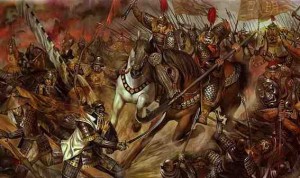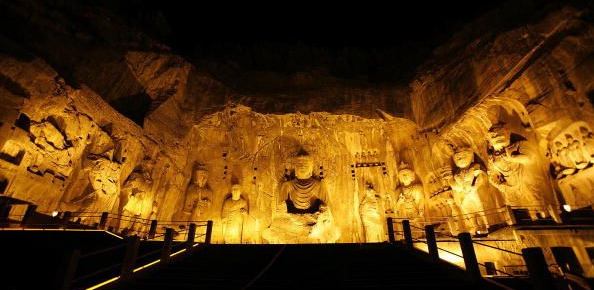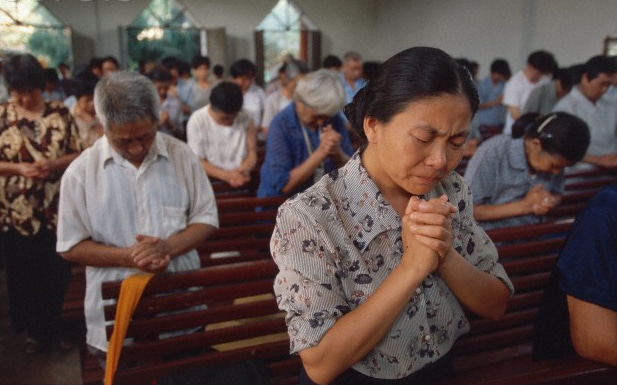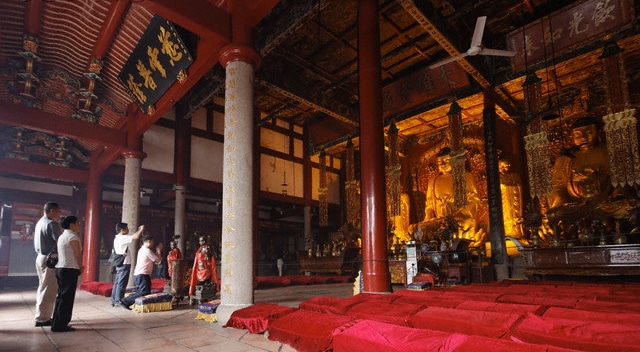This period in Chinese history has been compared to Europe’s Middle Ages. After the Han collapsed, civil war broke out and for the next 350 years, China saw almost constant warfare. Never again would the country go through such a long period of disunity and confusion.
A Period of Division
This chaotic period inspired a Chinese literary masterpiece, “The Romance of the Three Kingdoms” (written in the 14th century and one of the “Four Great Classical Novels” of China). The novel is still popular today in China—featured in TV & film as well as comic books and video games.
The key theme of the “dynastic cycle” was summarized in the opening statement: “The empire, long and divided, must unite; long united, must divide.” The idea was that Power Corrupts…and that the Old should periodically make way for the New (natural disasters and eclipses were often taken as omens).
Polarization of the North & South
Northern and Central Asia becomes increasingly volatile. Large nomadic tribes from the north start consolidating power and mounted successful invasions.
As foreign invaders take control of north, the Han Chinese retreat to the south to establish a new capital at Jiankang (today’s Nanjing). The south slowly becomes the economic and cultural center as the Chinese population migrates towards the hugely fertile Yangzi River Delta.
This unrelenting hostility of their neighbors leads to an increasingly xenophobic, even supremacist, Chinese mindset (and will later solidify China’s penchant for authoritarian rule).
A Religious Melting Pot
One upside: At least the new foreign rulers are receptive to unfamiliar religions. Confucian, Taoist, and Buddhist thought starts to merge (then, as well as today, most Chinese don’t see any contradiction in following the different paths simultaneously).
Buddhism in particular starts to spread roots far and wide. During this period, China’s most impressive Buddhist cave complexes are created—first at the Yungang Grottoes and then later at the Longmen Grottoes.





